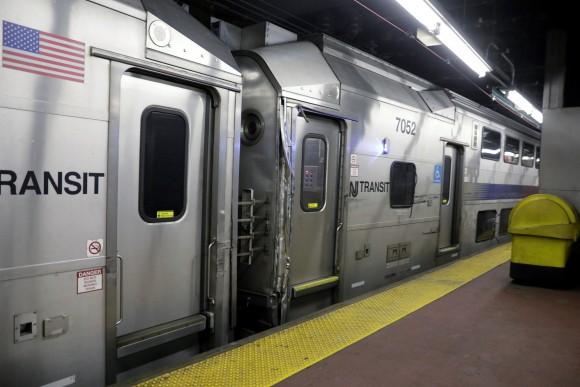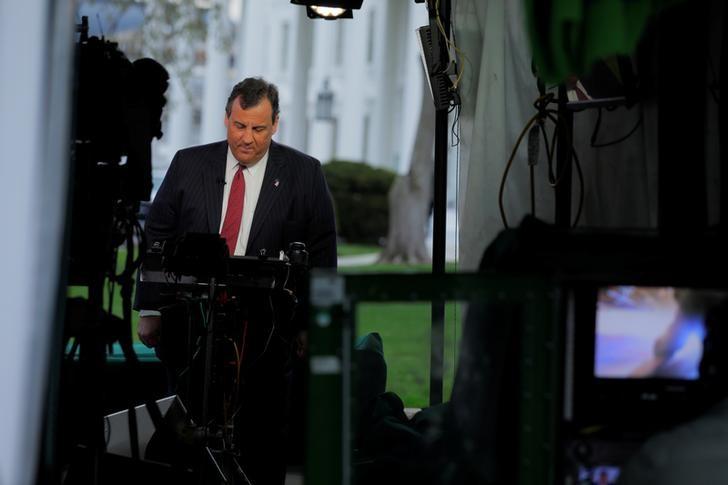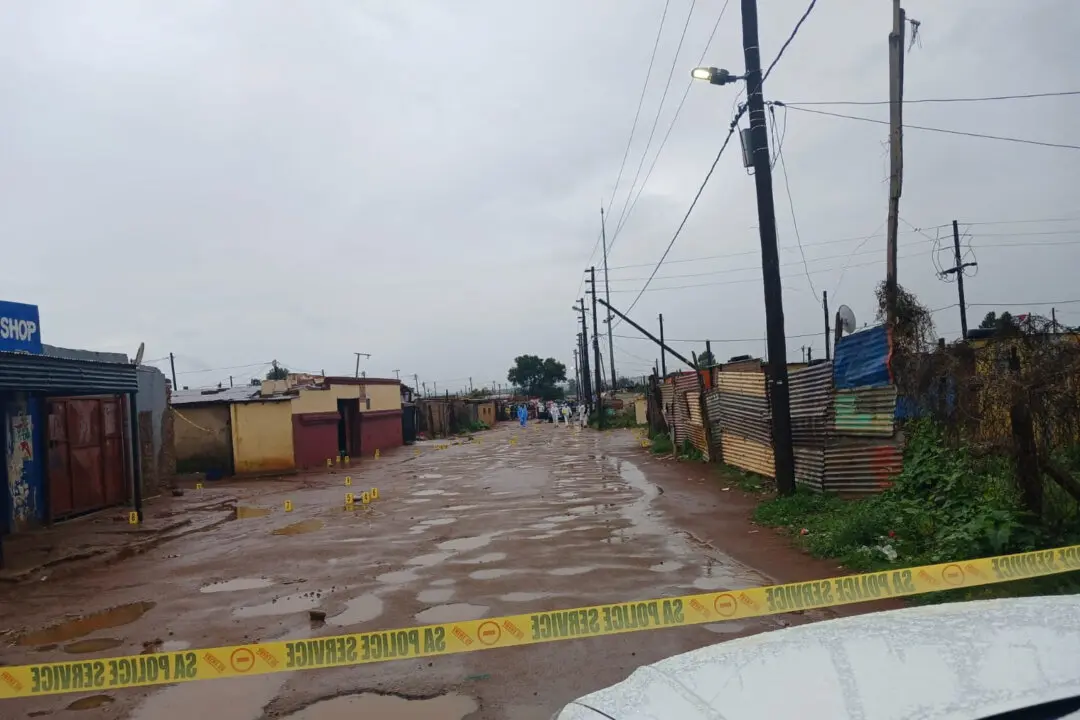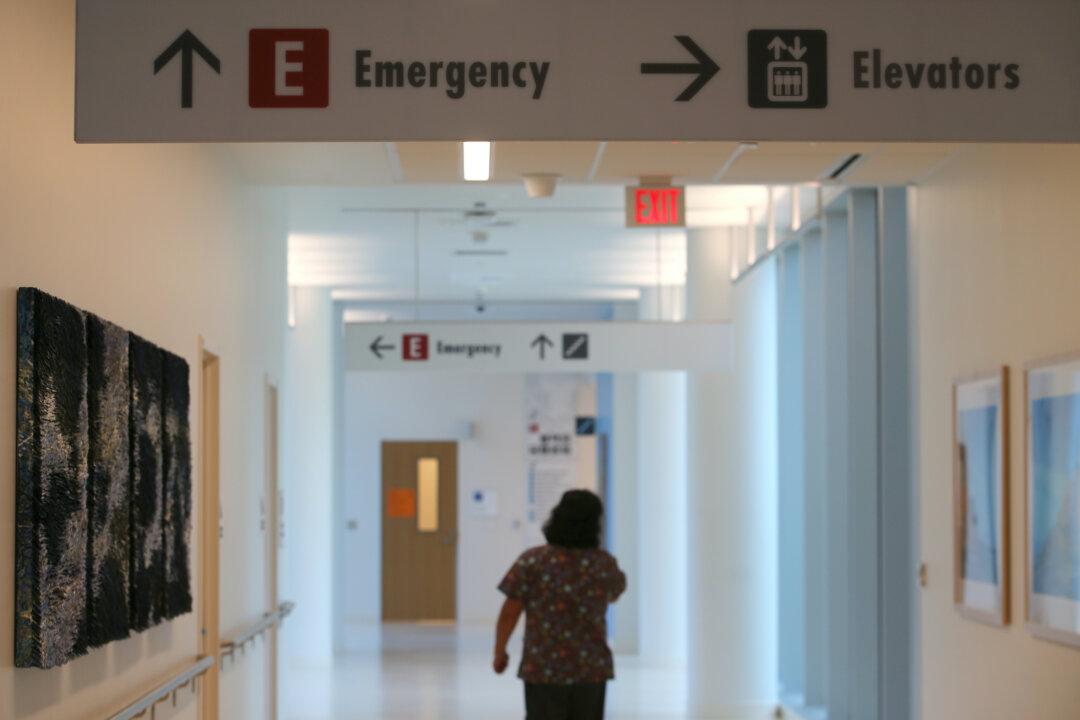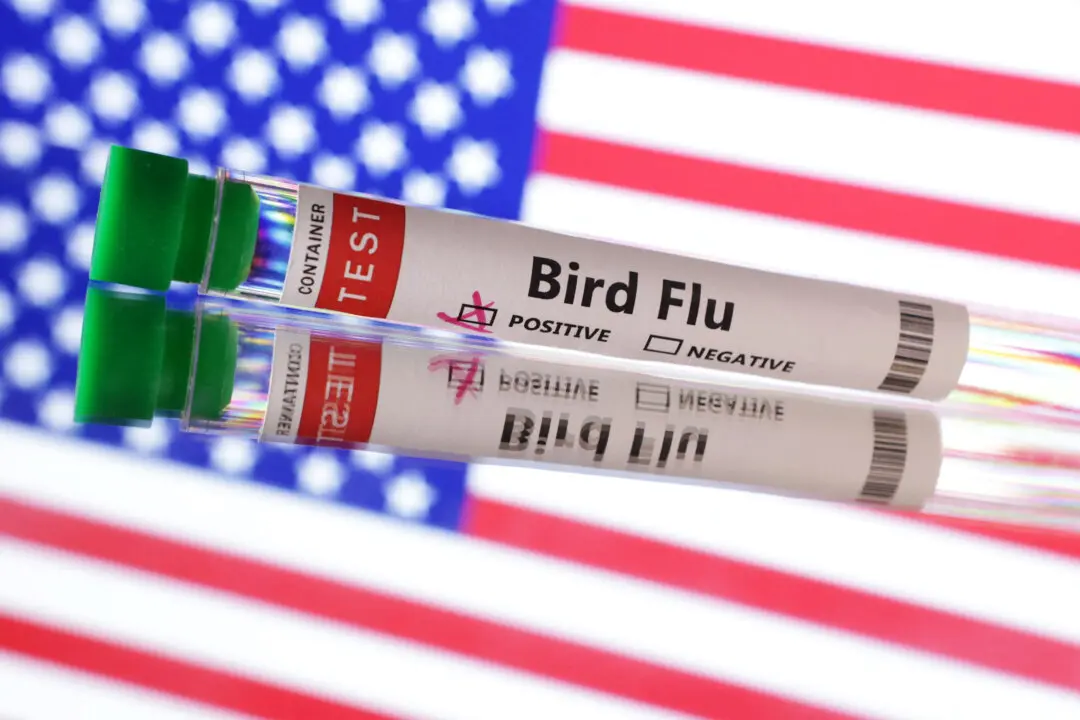NEW YORK—New Jersey Governor Chris Christie has ordered the state to halt all payments to Amtrak and called for an investigation of the national rail operator’s maintenance of tracks and other equipment after the derailment of an NJ Transit train this week.
A slow-moving NJ Transit train left the rails during rush hour at New York City’s Penn Station on Monday, the second derailment involving Amtrak-maintained tracks at the busy Midtown Manhattan hub in less than two weeks.
The seemingly minor incident led to a track reassignment at the station, forcing NJ Transit and the Long Island Rail Road to limit service on their networks and creating chaos for commuters in the country’s largest city.
“These incidents raise serious questions about the condition of tracks and other assets maintained by Amtrak,” Christie wrote in a letter sent to Amtrak late on Wednesday and made public by the governor’s office on Thursday.
Amtrak is responsible for maintaining tracks and other railroad infrastructure on the Northeast Corridor, which runs through New York Penn Station en route to New Jersey and points south.
NJ Transit, the state’s public transportation system, pays Amtrak $2.5 million to $5 million each month to cover operating expenses. Last week, it made a $62 million payment for capital investments in the Northeast Corridor.
